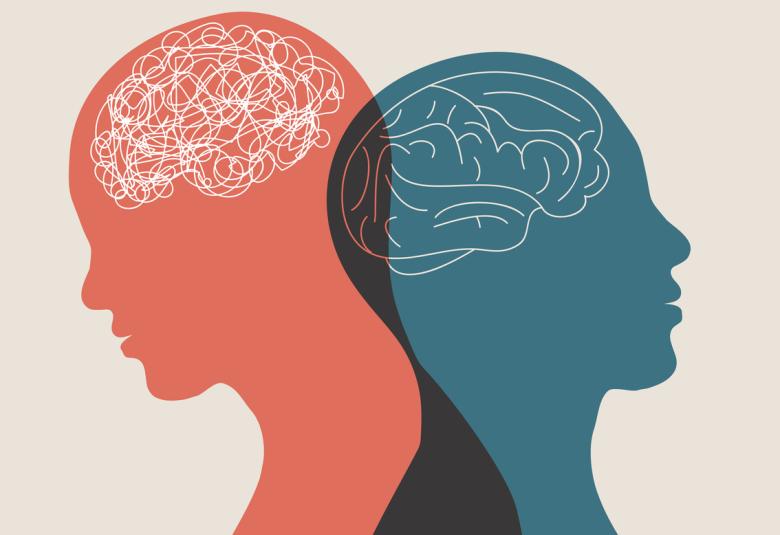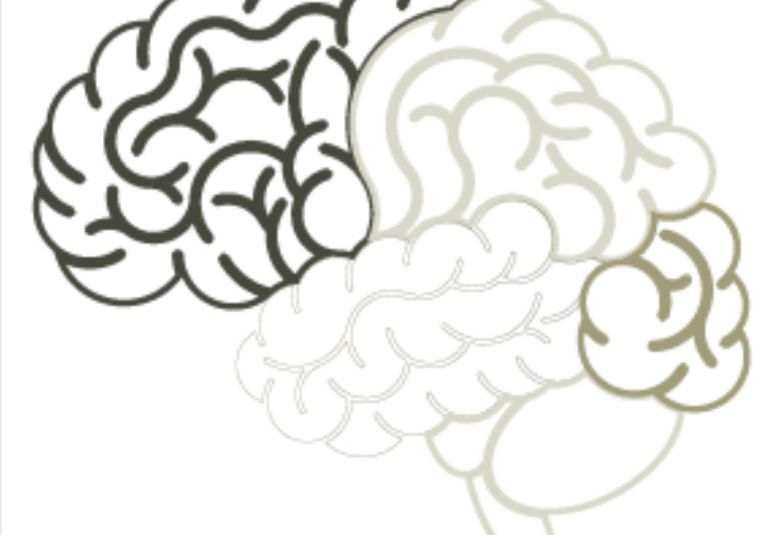The next 5 years could deliver answers to several burning questions regarding the management of tics and Tourette syndrome said Dr Davide Martino, of the University of Calgary, Canada, speaking at the 2019 MDS Congress. These include whether tics will ever be measurable in real life using wearable sensors and how we can best make use of this information, and whether there is scope to modify the gut-brain axis in Tourette syndrome, as there appears to be in autism.
Tourette syndrome is a common neurodevelopmental disorder defined by characteristic involuntary movements – tics – with both motor and phonic components. Key to the success of patient management is making an accurate diagnosis by recognizing the motor and behavioral spectrum of tics and Tourette syndrome and differentiating from other potential diagnoses such as functional tic-like movements.1,2 Differential diagnoses can be difficult, and a new video atlas will soon be published with examples of the spectrum of involuntary vocalizations in humans.3
Research into the pathophysiology of tics and Tourette syndrome is advancing understanding in the 3 key areas of neuropathology, genetics and neuroimaging. Tourette syndrome has been conceptualized as a basal ganglia disorder, with an emphasis on striatal dysfunction. Recent imaging data suggest diffuse functional and structural abnormalities in the brain of those with Tourette syndrome.4,5 Further, insights into social decision-making network dysfunction can explain major features of the neurobiology of Tourette syndrome, and offer new directions for research and novel therapeutic targets.6
Social decision-making network dysfunction can explain major features of the neurobiology of Tourette syndrome, and offers new directions for research and treatment
Lifestyle measures could play a role in tics and Tourette syndrome. While there is currently little data on the effect of diet and microbiota modification, there is mounting evidence for a negative correlation between tic severity and daily moderate-vigorous physical activity, alongside beneficial effects of exercise on self-reported anxiety and mood levels.7,8
Dr Martino highlighted other key areas of tics and Tourette syndrome to address as:
- The identification of predictors of success for behavioral treatment;
- What biomarkers can be studied to create a patient-treatment matching algorithm;
- How refractoriness to treatment in tic disorders should be defined; and
- Whether we can develop appropriate treatment sequencing algorithms
Management of tics and Tourette syndrome is multi-modal and includes behavioral and pharmacological therapies, neuromodulation and supportive treatments, the choice of which should be tailored to the individual patient
Current management of tics and Tourette syndrome is multi-modal and includes behavioral and pharmacological therapies, neuromodulation and supportive treatments. The American Academy of Neurology (AAN) published the most recent guidelines in 2019 in which 46 recommendations were made for the assessment and management of tics in individuals with Tourette syndrome and chronic tic disorders.9 Nonetheless, the AAN stress that treatment selection should be individualized and the choice made as a result of a collaboration between patient, caregiver, and clinician.
Recent studies suggest that internet-delivered behavioral therapy is highly acceptable and may provide satisfactory results in a cost-effective way, which has the potential to greatly increase access to evidence-based treatment for young people with tics and Tourette syndrome.10
Internet-delivered behavioral therapy has the potential to greatly increase access to evidence-based treatment for young people with tics and Tourette syndrome
Our correspondent’s highlights from the symposium are meant as a fair representation of the scientific content presented. The views and opinions expressed on this page do not necessarily reflect those of Lundbeck.




